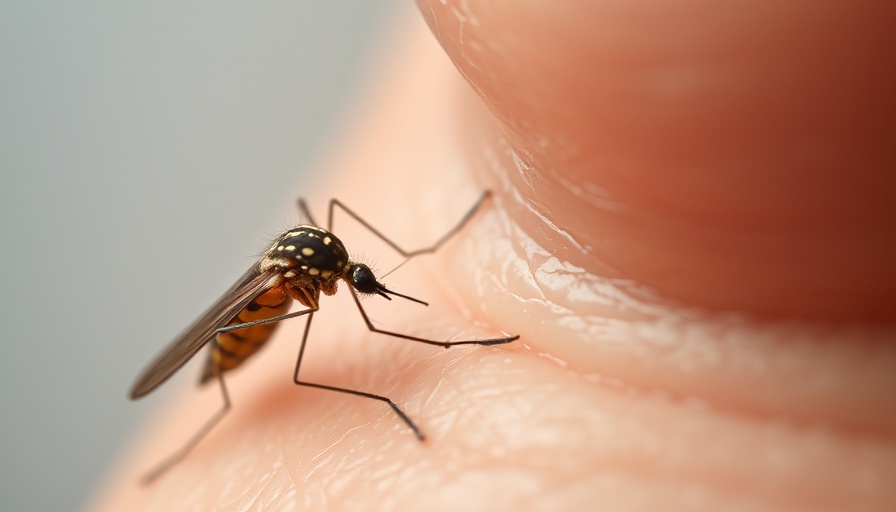
Embracing a Pescatarian Lifestyle: A Journey Towards Better Health
Pescatarianism, the integration of fish into a plant-based diet, presents a flexible approach to eating that benefits both health and well-being. By adding seafood to a vegetarian foundation, this diet not only diversifies protein sources but also aligns with some of the healthiest eating patterns observed across the globe. In essence, pescatarians enjoy the richness of local vegetables and fruits while also reaping the numerous advantages of omega-3-rich fish.
Health Benefits of a Pescatarian Diet
Research consistently points to the health benefits of diets rich in fish and plant-based foods. Regular intake of fish provides high-quality protein and essential nutrients, such as vitamin D and selenium. Omega-3 fatty acids found in fish play a crucial role in boosting heart health and reducing inflammation. Furthermore, plant-based foods contribute to lower cholesterol levels, better blood sugar management, and decreased risks of chronic diseases. This combination nurtures a balanced lifestyle that supports both physical and mental well-being.
Why You Should Consider Pescatarianism
Transitioning to a pescatarian diet can be rewarding in many ways. Not only does it introduce a vast array of flavors and dishes to explore, but it also emphasizes sustainable eating practices. By choosing fish sourced from responsible fisheries, individuals can make informed decisions that benefit both their health and the planet. Additionally, the diet encourages increased vegetable and whole grain consumption, making it easier to meet daily nutritional requirements that cater to different lifestyles.
Creating Your Pescatarian Meal Plan
Crafting a simple and delicious pescatarian meal plan doesn’t have to be overwhelming. In fact, it can be an enjoyable exploration of flavors and textures. A sample two-day meal plan could include dishes such as grilled salmon on a bed of quinoa and steamed broccoli, followed by a hearty vegetable and legume stew for dinner. For breakfast, try creamy overnight oats topped with nuts and fresh fruit. With a little creativity, pescatarians can construct meals that are not only satisfying but also packed with nutrients.
Final Thoughts on Pescatarianism
Whether you’re looking to reduce meat consumption or enhance your overall health, embracing pescatarianism could be your vehicle to achieving nutritional balance. The delightful combination of fish and plant-based foods can support a vigorous lifestyle while allowing room for variety and ethical food choices. Remember, there’s no one-size-fits-all approach to health—finding what works best for you is the key!
 Add Row
Add Row  Add
Add 




Write A Comment